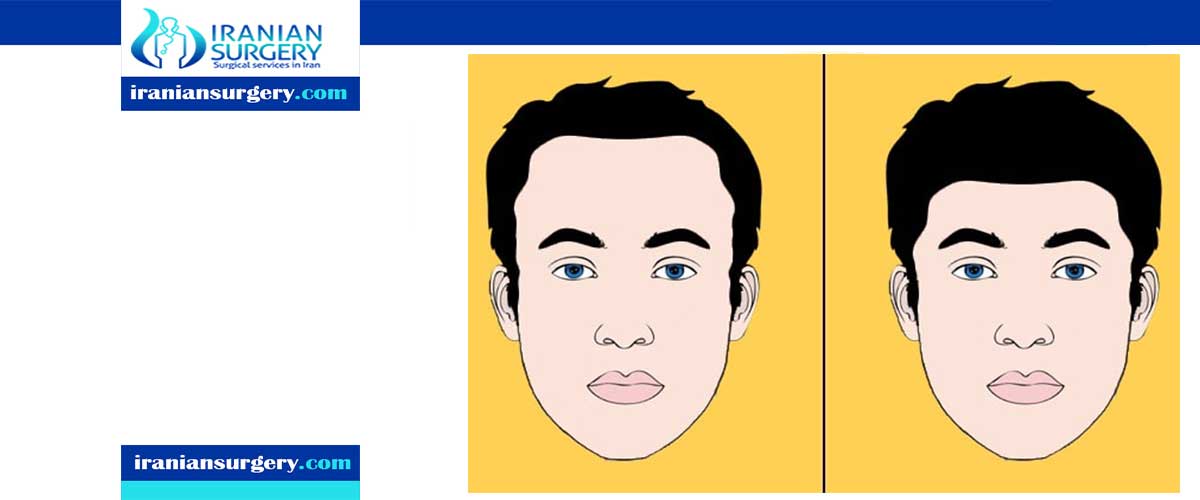forehead reduction surgery with eyebrow lift in Iran

forehead reduction surgery with eyebrow lift in Iran
Forehead reduction, also known as hairline lowering surgery, can correct an overly high or large forehead while preserving the natural flow of your hair. This procedure is ideal for patients who are finding it hard to conceal their high forehead with hairstyles. Forehead reduction is also frequently included in facial feminization. If you’re seeking better gender alignment, hairline lowering can make your face appear softer and more oval in shape.
How Forehead Size and Shape Affects Facial Features
Usually, the most aesthetically pleasing size of a forehead is about one-third of the face. In women with high hairlines, the forehead will make up a disproportionate amount of the face. This atypical lack of balance can create a masculine appearance. More, women may be unable to wear their hair in the style they prefer. While high hairlines in women is usually an inherited characteristic, it can also be the result of a previous cosmetic surgery.
Men with very high hairlines usually inherit them as well, but they may also be the result of male pattern baldness. Those who already have high hairlines who begin losing their hair are not ideal candidates. If hairlines continue to recede, the incision will become visible. These individuals need hair replacement surgery.
During and after hairline lowering surgery
During hairline lowering surgery an incision is made within the hairline before the scalp is moved forward. This incision is specially bevelled to allow the hairs at the front of the hairline to grow through the scar so hiding the scar once the wound has healed. Undertaking this will allow the hairline to be lowered and some of the skin of the forehead to be removed. The maximum amount of skin that can be removed from the forehead using during hairline lowering surgery varies from patient to patient, but is usually around 2 cm. You can expect surgery to take anywhere between 1-2 hours, depending on the complexity of the individual case.
As with any form of cosmetic procedure, hairline lowering surgery has risks and complications associated with it that should be considered prior to undergoing treatment. Possible complications of hairline lowering surgery include excessive bleeding, infection, and fluid accumulation. Potential risks post-operatively include poor scarring, asymmetry, or numbness and hair loss around the site of the incision/s. Numbness generally isn’t permanent, lasting just a few weeks, but in some cases can last indefinitely.
How about recovery?
Most patients take 7-10 days away from work and regular activities, although some patients find they only require 3-4 days to recover. It’s expected that some swelling and/or bruising can be expected after surgery; in some cases, this can manifest itself as ‘black eyes’. Cool compresses can reduce any discomfort and swelling during the recovery period, although patients can improve recovery time by ensuring the head and neck are elevated. Following the advice and instructions you are given by your surgeon is also imperative to a speedy recovery.
This type of surgery can also be combined with a brow lift or forehead reshaping procedures if these are clinically indicated. Speak to your surgeon about your wishes for combination surgery during your consultation. Call the clinic for more information on the benefits and limitations of hairline lowering surgery.
10 common questions about forehead reduction surgery with eyebrow lift in Iran
[kkstarratings]



